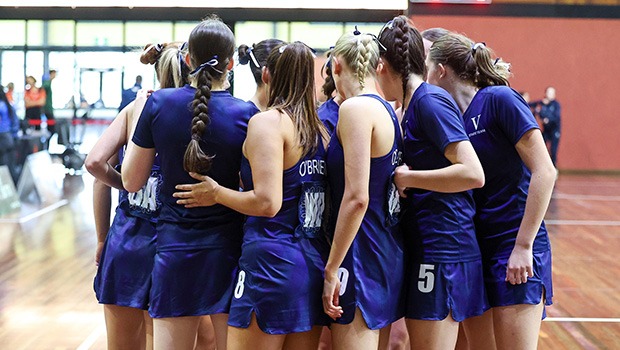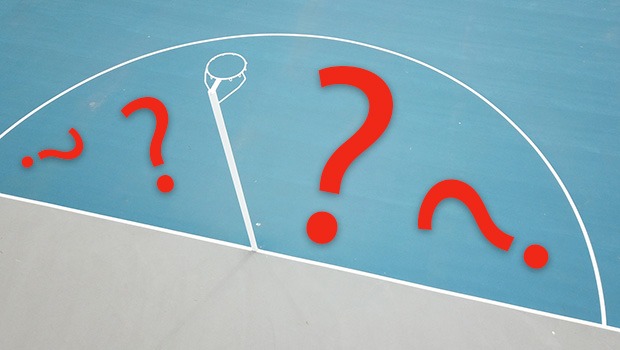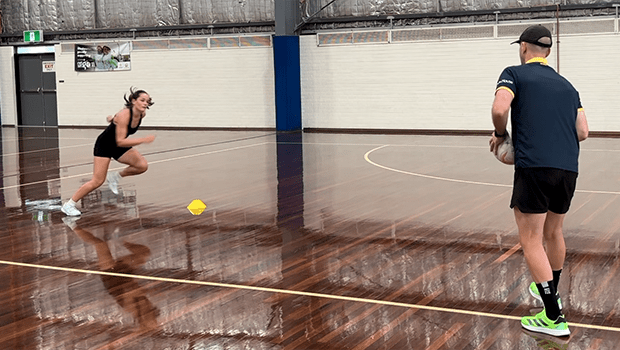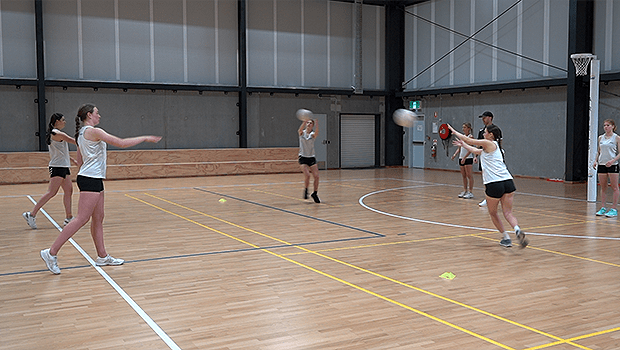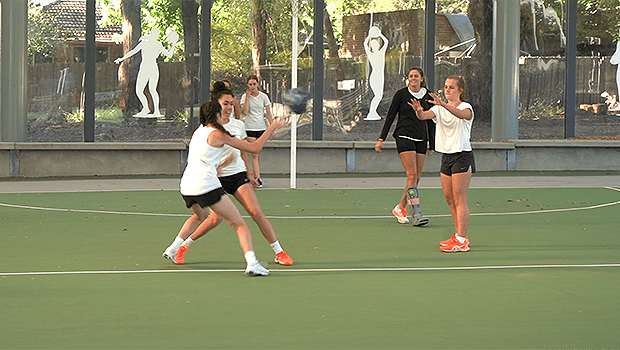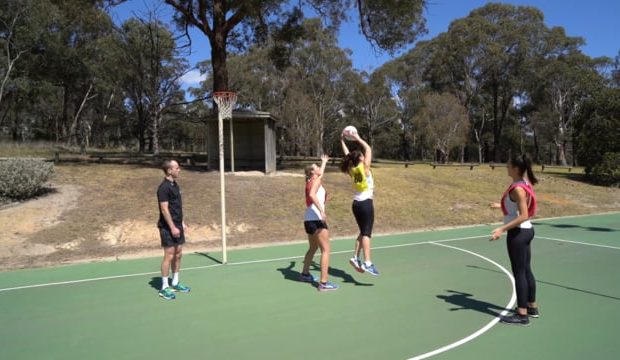The midcourt is the engine room of any netball team’s attack end.
And the ability of your wing attack and centre being able to beat their opponents, get the ball onto the goal circle and create scoring opportunities for their goalers consistently will always be critical to your team’s success.
There are countless skills that will help give your attacking midcourters an edge, but here are five simple ones that are a great starting point to get your wing attacks and centres delivering the goods each and every time they step on court.
400+ VIDEOS: CHECK OUT ALL OF OUR DRILLS!
CLUB PACKAGES: GIVE YOUR COACHES THE ULTIMATE RESOURCE
PRELIMINARY MOVES
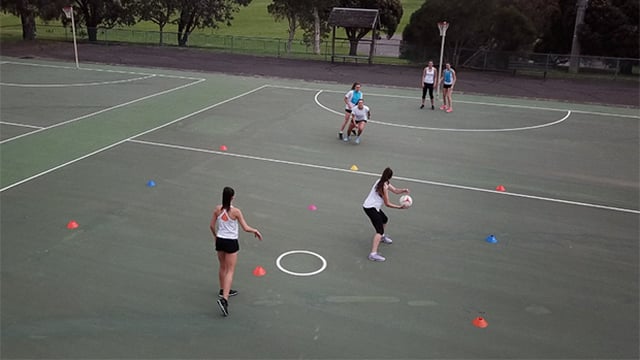
This might sound like an obvious one, as it’s a skill that all players need in any position, but for attacking midcourters, preliminary moves are particularly important.
Wing attacks need to be able to be able to use prelim moves to create space for themselves further up the court, and also use them to open up the backspace in order to be able to hit the goal circle.
Teaching midcourters to read the play and know which prelim move to use in each situation is critical as they progress with their netball.
DRILLS: ‘WING ATTACK WORKLOADS’ and ‘FOUR SQUARE: READING THE PLAY’
FRONT CUTS

Without a front cut in their arsenal, attacking mids will struggle to find the ball (and the goal circle) consistently.
A front cut sounds simple – it’s a change of direction in order to cut in front of an opponent and receive a pass – but executing it well requires great timing and some key technical movements in order to give the attacker the best chance of breaking free and beating that defender.
We like to teach it as a move to hit the top of the goal circle, however it’s a skill that your entire team should be practising, as it’s one that can be used the entire way down the court.
DRILLS: ‘BASIC FRONT CUTS’ and ‘FRONT CUT LONG COURT’
HIGH RELEASE PASSES/FEEDS
One of our biggest bugbears as coaches is midcourters feeding the ball to a holding goaler with a lobbed chest pass.
Sometimes it’ll work, but often it won’t, and you’ll see the ball sailing over the goaler’s head and out of court. Why? Simply because it’s a very hard pass to execute accurately.
Think about it: the ball starts in the midcourter’s hands at about their waist level, and it then released on an upwards trajectory. Because of the low release, the ball has to travel some distance before it is even above the goaler’s head, making it very difficult to get the ball to drop into the goaler’s space accurately. When it’s not perfect, you’ll see the ball still rising as it reaches the goaler, and often end up well past them and over the baseline.
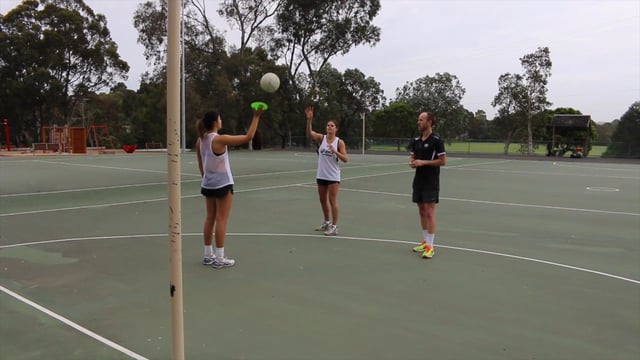
The solution? A one-handed, high-release pass.
A high release will allow your players to lob the ball into very small spaces accurately, it reduces the time the ball is in the air for a defender to have a crack at it, and because it’s released from above head height, it’s a much easier ball for your goalers to judge the drop and snatch it in.
It’s not just a midcourt skill, either. What about your defenders passing balls over an opponent’s hands to a teammate driving down court? One-handed high release!
DRILLS: ‘HIGH RELEASE CONE FEEDING’ and ‘HIGH RELEASE WITH WORKLOAD’
THROW AND GO

Some coaches call it a “double play”, others a “throw and go”, but either way, this is an important one as players move through the netball grades.
A “throw and go” is a movement in which a player passes the ball to a teammate and then drives to receive the next pass themselves. A good attacking midcourter will use them regularly, whether it’s passing to a goaler driving out of the circle and then driving onto the circle themselves to receive a pass back, or passing to the other midcourter as they come off the goal circle and then driving again into the space that’s just been created for them.
It sounds simple, but executing it well requires plenty of practice. Coaches of young players should initially just work on the players passing and then driving downcourt for the next ball. Older players can try the more advanced skill of passing the ball AT THE SAME TIME as they start driving, allowing them to get around their opponent before the opponent has a chance to react.
DRILLS: ‘THROW AND GO GAUNTLET’, ‘ADVANCED THROW AND GO GAUNTLET’ and ‘THROW AND GO COMPETITIVE’
FEEDING THE BEST SPACE
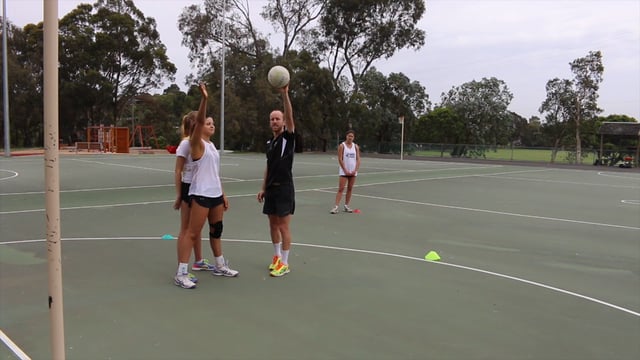
It’s interesting how young midcourters (and some older ones!) sometimes struggle to wrap their heads around the best place to pass the ball to a goaler on a hold.
How often do you see a midcourter put a ball right up almost directly above/over a goaler’s head, whether the defender is able to contest it and get their arms/hands to it?
It’s important to work with your mids on where to place the ball to a holding goaler – and particularly when they’re on a ‘side hold’. If you imagine a clock, rather than passing the ball up above the goaler’s head (12pm) it needs to be placed out in front of the goaler’s body at about 2pm or 10pm, depending on which side the goaler is holding.
Passing it to 2pm or 10pm means the ball will be out in FRONT of the goaler, rather than directly above them, allowing them to see it more easily through the air, keep the defender away from the ball, and snatch the pass in without needing to worry the ball being tipped or intercepted.
DRILLS: ‘HIGH RELEASE WITH DEFENCE’ and ‘HOLD ‘EM OUT’
FOR FIVE SKILLS YOUR OTHER PLAYERS NEED, CHECK OUT OUR ARTICLES FOR:
